EVs Will Account for 9-11% of Auto Component Sales, Says Crisil: Experts Tell What Will Drive Change
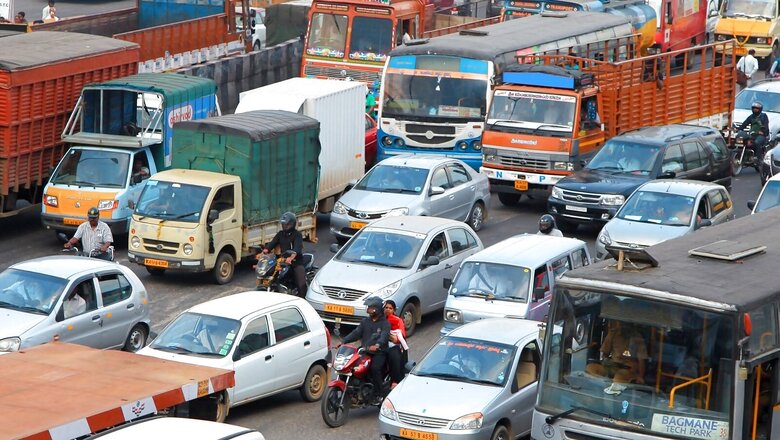
views
By 2027, the auto component business will generate 9-11% of its sales from electric vehicle (EV) parts, according to CRISIL’s latest report.
The report states this growth will occur even as availability of parts for vehicles powered by conventional internal combustion engines increases. The revenue for EV components is expected to expand at a compound annual growth rate of almost 76%, from Rs 4,300 crore last fiscal year to Rs 72,500 crore in fiscal 2027.
Up to 60% of this revenue is anticipated to come from the battery market, followed by 15% each from the powertrain and electronics segments. It is predicted that 90% of EV component supply would go to the two-wheeler and Passenger Vehicle segments.
In the report, Naveen Vaidyanathan, Director, CRISIL Ratings, said: “EV components such as batteries, drivetrains, electronics and others present an opportunity for auto component makers to diversify their revenue base beyond ICE (Internal Combustion Engine) vehicles.”
“Companies are already investing in developing electric components, both with established ICE Original Equipment Manufacturers (OEMs) and with new-age, pureplay EV makers,” he added.
However, according to a CRISIL analysis of 220 firms, who together make up a third of the auto components market, the switch to EVs would present both possibilities and problems for domestic manufacturers of vehicle components.
It said that for manufacturers of conventional auto parts, the body, chassis, suspension, electrical, brake, lighting, and seating segments generate roughly 75% of their revenue. These components are also found in EVs, therefore growth shouldn’t present a problem for them. With incremental expenditures, businesses will be able to partially re-engineer items for EVs, even though they might need to.
The move to EV could present difficulties for the remaining 25% of car component suppliers that cater particularly to ICE engines and transmission components.
These include components that are essential in ICE vehicles but unnecessary in EVs, such as starters, alternators, fuel injectors, radiators, gearboxes, clutches, pistons, cylinder blocks, and exhaust systems.
CRISIL highlighted that with the change in two-wheelers expected to be quicker, auto component manufacturers with concentrated exposure to this market will be more at risk than those who provide PVs or CVs.
Additionally, it said that the bulk of suppliers of vehicle parts serve several end markets. By providing EV components and expanding their array of non-auto and industrial items, businesses are also attempting to reduce the risk associated with their models.
What Industry Thinks
Amit Gupta, CEO and co-founder of Yulu, told News18 that India is expected to soon be one of the top three EV markets globally and having a strong domestic EV components industry is very critical for such growth as well as innovation.
“It endows a lot of advantages to the entire EV ecosystem, from reducing supply chain risks and giving a better control on input costs to developing tailored solutions with a quicker time to market,” he added.
According to Gupta, this would result in better EV solutions at a lower cost for customers, accelerating the adoption of EVs and helping the world move towards a greener future.
Banwari Lal Sharma, CEO, CarTrade Tech, said that the CRISIL’s report represents a huge opportunity for the Indian auto component industry as well as reflects the direction the Indian industry is taking.
“Traditional ICE component makers are diversifying into EV parts, focussing on batteries, electronics and drivetrain parts, and their share of business from the EV business will only grow with the country’s gradual shift towards electric mobility. However, the Indian component industry must have a strong focus on engineering, innovation and quality to ensure it meets its true potential,” he further added.
Dr Irfan Khan, Founder and CEO, eBikeGo, suggested: “For auto component makers, achieving the required scale by 2027, we need to reduce the cost of ownership by either moving towards battery swapping or battery leasing alternatives, which in turn would decrease the upfront cost, making it more viable for the end consumers. This will directly improve the sales volume which will increase the share of EV in auto components.”
Khan also mentioned that while the central government is promoting electrification through programmes (like FAME 2 and PLI Schemes), it is critical that the PLI be available to small and medium-sized businesses such as car component manufacturers. This approach, according to him, will help them break into the rapidly expanding EV market.
Additionally, the industry insider also suggested that the government should consider extending the deadline for FAME 2 (which is now applicable till 2024) for at least three more years in order to encourage additional adoption.
Akash Gupta, co-founder and CEO of Zypp Electric also voiced a similar suggestion. According to him, the government’s proposal to continue offering EV subsidies should be expanded, as this will encourage citizens to invest in more EVs in the country.
Additionally, he said that the charging infrastructure should be prioritised in order to offer customers assurance regarding range anxiety and address charging-related concerns.
“These factors are extremely important in the EV logistics sector, and based on how Zypp Electric is progressing, it can be said that the logistics sector will contribute between 70 and 75% of the 11% EV share in auto components,” the industry expert added.
He also believes that the share of EVs in auto components that the CRISIL’s report talks about could be even more than 9-11% since many new startups entering the EV business and well-established players are growing their market.
Separately, Harsha Bavirisetty, who is the Co-Founder and COO of BILITI Electric, has highlighted a challenging side of the EV industry citing CRISIL’s report, saying: “Lack of R and D, safety and quality issues are evidently visible with an increase in recent fire incidents across the country.”
“This rapid transition to EVs has thrown many challenges at the EV component makers and suppliers. The local supply ecosystem is nascent, and both quality and serviceability have been an issue. Depending on imports for quality alone can’t be a solution, taking into consideration the cost and serviceability issues. However, this has also created opportunities for domestic auto component makers,” Bavirisetty added.
The industry expert further highlighted that India is still reliant on imports from other countries for key components of the EV powertrain, such as controllers, motors, DC converters and others. Traditional Indian motor manufacturers have answers for fixed applications, but they have not yet refined their technologies for large-scale mobile applications.
“A well-coordinated strategy that brings more inclusive R and D, focus on developing skilled manpower, OEMs and component suppliers joining hands to co-create localized products, digitization and sustainable manufacturing practices will help our country in building the future of e-mobility locally,” said Bavirisetty.
However, while talking about future possibilities in the EV industry, Pratik Kamdar, Co-Founder Of Neuron Energy said that the shift from ICE to EV has been an upward trend in both Tier 1 cities and smaller markets too and a further uptick in the 2W and 3W categories is expected “with our predictions stating that nearly 30% of the 2 wheelers sold will be converted to EV by 2027”.
Additionally, he said that passenger and cargo rickshaws will also have larger than 70% EV adoption and that will provide a much-needed impetus to the battery segment which is expected to grow at a whopping 250% Y-o-Y till 2027.
However, according to Kamdar, compared to EV two- and three-wheelers, EV four-wheelers and commercial vehicles are yet to gain traction.
“We are hopeful that with the rising consciousness among people to reduce carbon footprint and have a greener and eco-friendly lifestyle, the EV segment will soon emerge as the ‘new normal’ in the automotive space in India in the next five years,” he added.
Read all the Latest News and Breaking News here












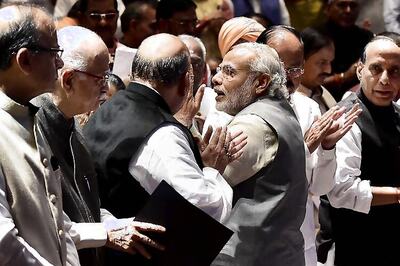

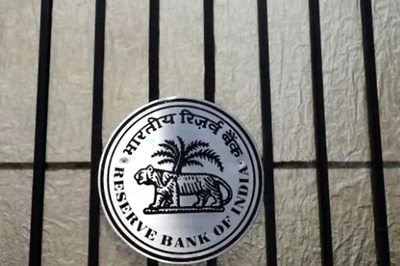

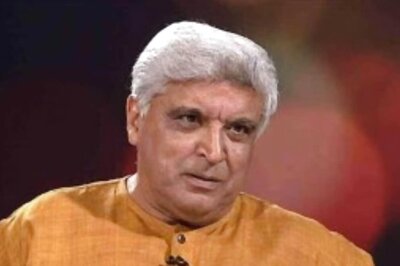


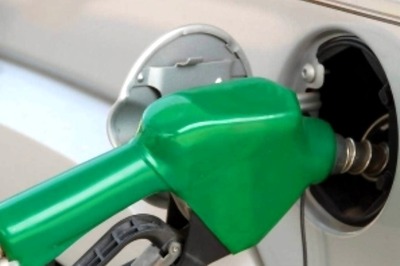
Comments
0 comment